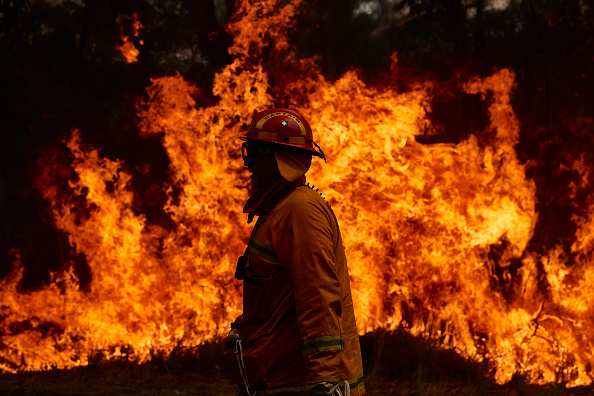“A major overhaul” of fire land management is needed, according to the co-author of a study which has found that bushfires in Victoria have increased in size and frequency in the past two decades.
The study from the Australian National University (ANU) maps where bushfires took place across the state of Victoria between 1995 and 2020. Researchers say their findings could apply to other areas in Australia and around the world that are under threat from widespread and recurring bushfires (also known as wildfires).
“This is the first time we’ve seen the full spatial extent of bushfires dating back 25 years,” said study co-author Professor David Lindenmayer.
“What we found is the state is burning more and more. Prior to 2000, we had one mega-fire in Victoria in 150 years of records. Since 2000 we’ve already had three.
“We can also see the extensive and frequent re-burning of previously fire-damaged areas – sometimes with a gap as short as five or six years.”
Professor Lindenmayer said the results “indicate a major overhaul” of fire land management is needed: “these results make a compelling case for a major policy shake-up, with the aim of reducing mega-fires, protecting unburnt areas and managing repeatedly damaged ecosystems”.
“We can no longer look at bushfires as unexpected out of the blue events. The data tells us they’re only becoming more frequent,” he said.
“This impairs the ability of the ecosystem to recover. This includes areas that provide people with access to water, as well as vital habitats and protected areas like state forests.
“Our analysis shows wildfires have had a pronounced impact on particular ecosystem types, areas of high conservation value, and the use of resources for industry. These findings, in turn, underscore an urgent need for new policies and approaches to land management.”
Locally, bushfire cleanup efforts are set to get underway in Namadgi National Park after the Orroral Valley fire burnt through the area earlier this year, with Ngunnawal rangers to join the team to aid in the area’s recovery.
“Six Ngunnawal rangers have been appointed to join the bushfire recovery team, particularly to Care for Country aiding in the recovery of our natural and cultural heritage after the bushfire this year,” ACT Environment Minister Mick Gentleman said on Monday (18 May).
“Works will include trail maintenance, the repair of fences along the boundary of Namadgi National Park and catchment restoration in the Lower Cotter Catchment.”



